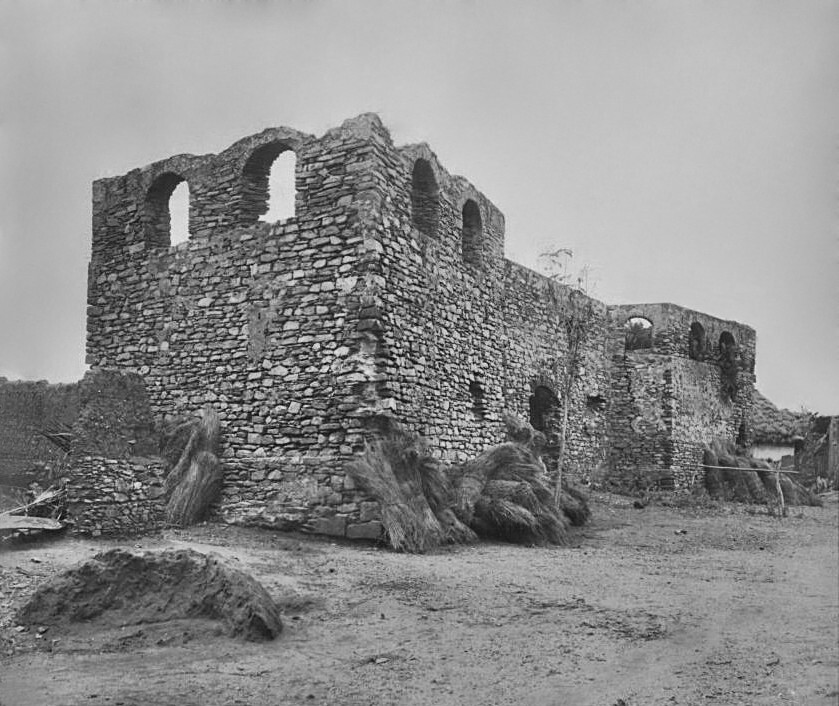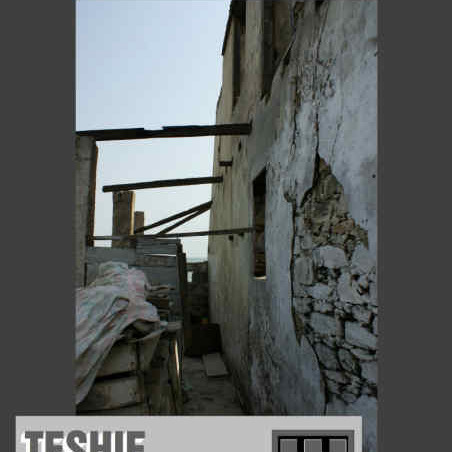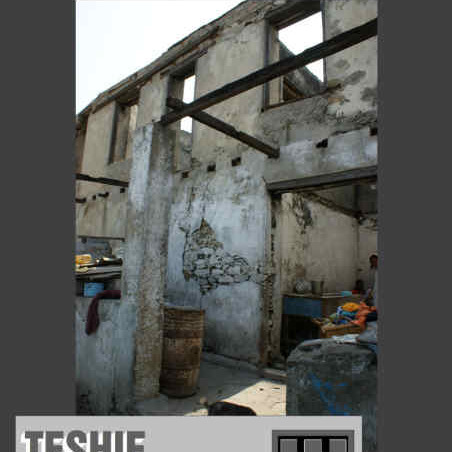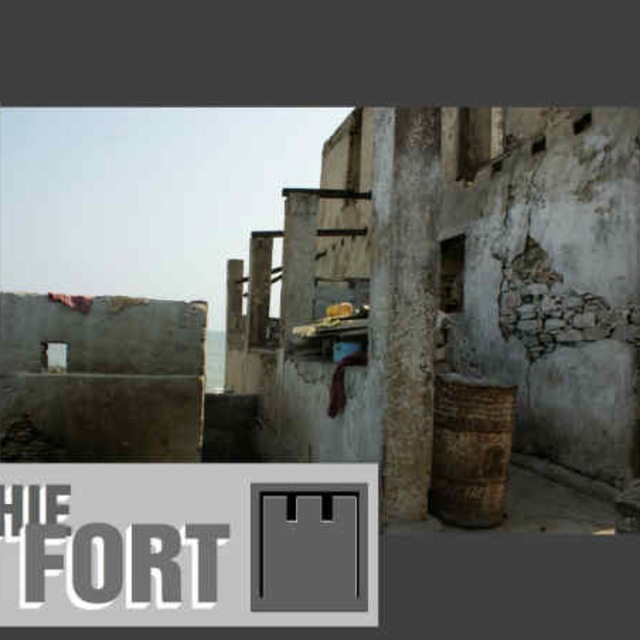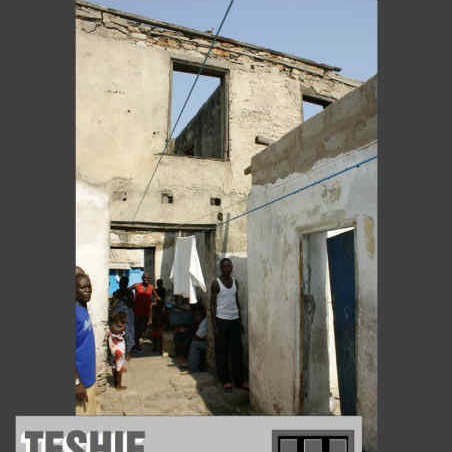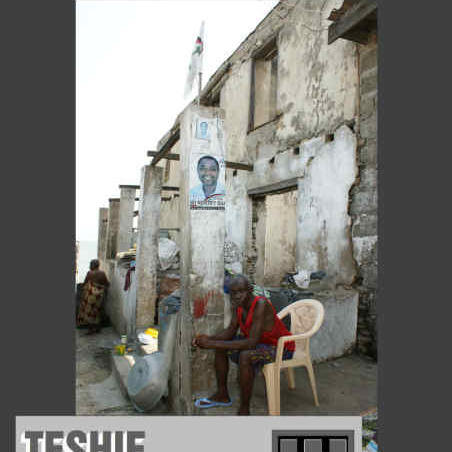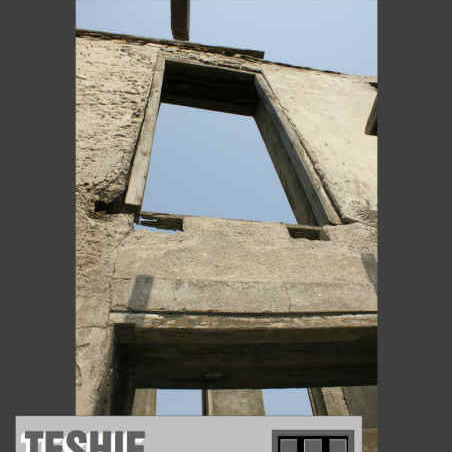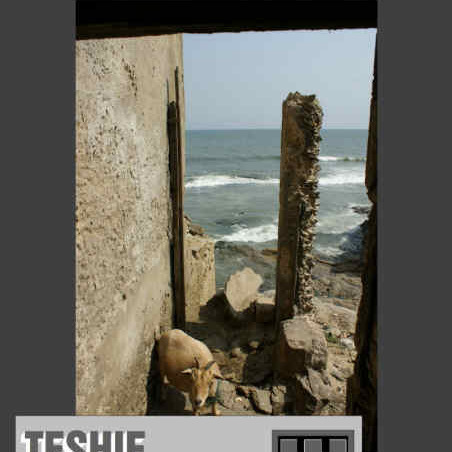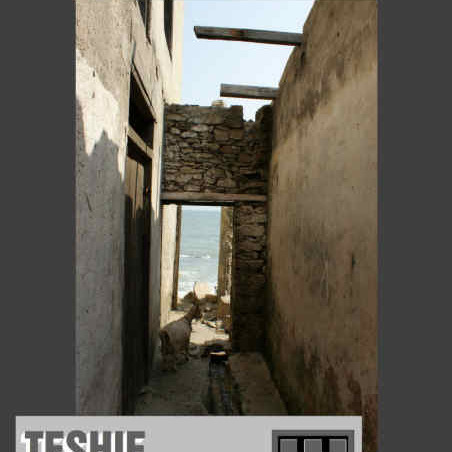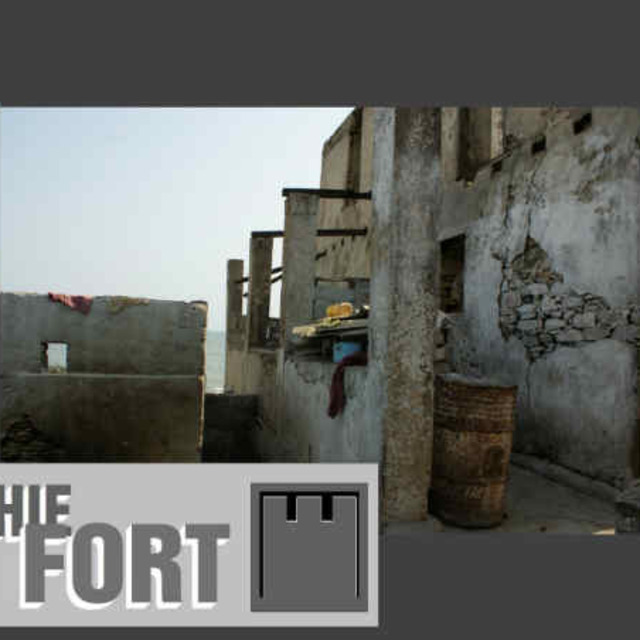The real name: Fort Augustaborg, and and the local name, Fort Teshie, is a modern label.
The Fort was Danish-built, not British.
It is of significance, as Fort Augustaborg is the last fort built by any European power on the Gold Coast.
This website is about "lesser-known forts" of the the so called Gold Coast, helping balance the narrative away from only the major ones like Elmina and Cape Coast.
This fort is sometimes incorrectly assumed to be British or just generically “colonial,” but it is in fact a Danish structure, one of several the Danes controlled during their time on the Gold Coast, along with better-known sites like Christiansborg Castle in Osu and Fort Fredensborg in Old Ningo.
Context and Purpose
By the late 1700s, the transatlantic slave trade was beginning to shift and decline, but coastal trade was still lucrative. The Danes built Fort Augustaborg to expand their control over trade routes and to strengthen their presence along the eastern Gold Coast.
The construction of the fort was also an attempt to assert Danish power in an area where the British were already influential. It gave the Danes a foothold near Accra and allowed them to engage more directly with local Ga-speaking communities in Teshie and the surrounding areas.
Relationship with the Local Population
Fort Augustaborg was not just a trading post — it also became a contact zone between the Danish and the Ga-Adangbe people of Teshie.
The relationship between the Danes and the local communities was complex:
Trade-based cooperation: The Danes engaged in commerce with Teshie chiefs, trading in gold, textiles, alcohol, firearms, and other goods.
Military alliances: Like other European powers, the Danes would sometimes ally with local leaders during regional conflicts, offering weapons or protection in exchange for trade rights or loyalty.
Cultural influence: There’s evidence that Danish architectural styles and Christian missionary activity influenced Teshie society during the period of occupation.
Limited conflict: There are no widely recorded major uprisings or wars centered on Fort Augustaborg, unlike other sites — possibly because of its smaller scale and more trade-focused operation.
However, tensions with rival local towns (especially with La and Osu) may have shaped how the fort was defended and manned.
Danish Withdrawal and British Takeover
By the mid-1800s, Denmark’s influence on the Gold Coast had declined. In 1850, the Danes sold all of their possessions on the Gold Coast — including Fort Augustaborg — to the British.
After the transfer:
The fort was abandoned for periods, and did not have the strategic importance of other forts like Christiansborg.
It remained a minor British outpost, possibly used occasionally for coastal patrols, storage, or as a rest station.
Unlike larger forts, Fort Augustaborg was not expanded or heavily fortified by the British.
Present-Day Fort Teshie
Today, the ruins of Fort Augustaborg still stand near the beach in Teshie, though they are often misidentified or simply referred to as "Fort Teshie." The structure has suffered from erosion, neglect, and lack of formal protection. However, parts of its walls, bastions, and original layout remain visible, making it a valuable piece of Ghana’s colonial history — especially as the last European fort ever built on the Gold Coast.
There are ongoing discussions locally about its restoration and preservation, but it has not yet received the same recognition or protection as the larger UNESCO-listed forts.
